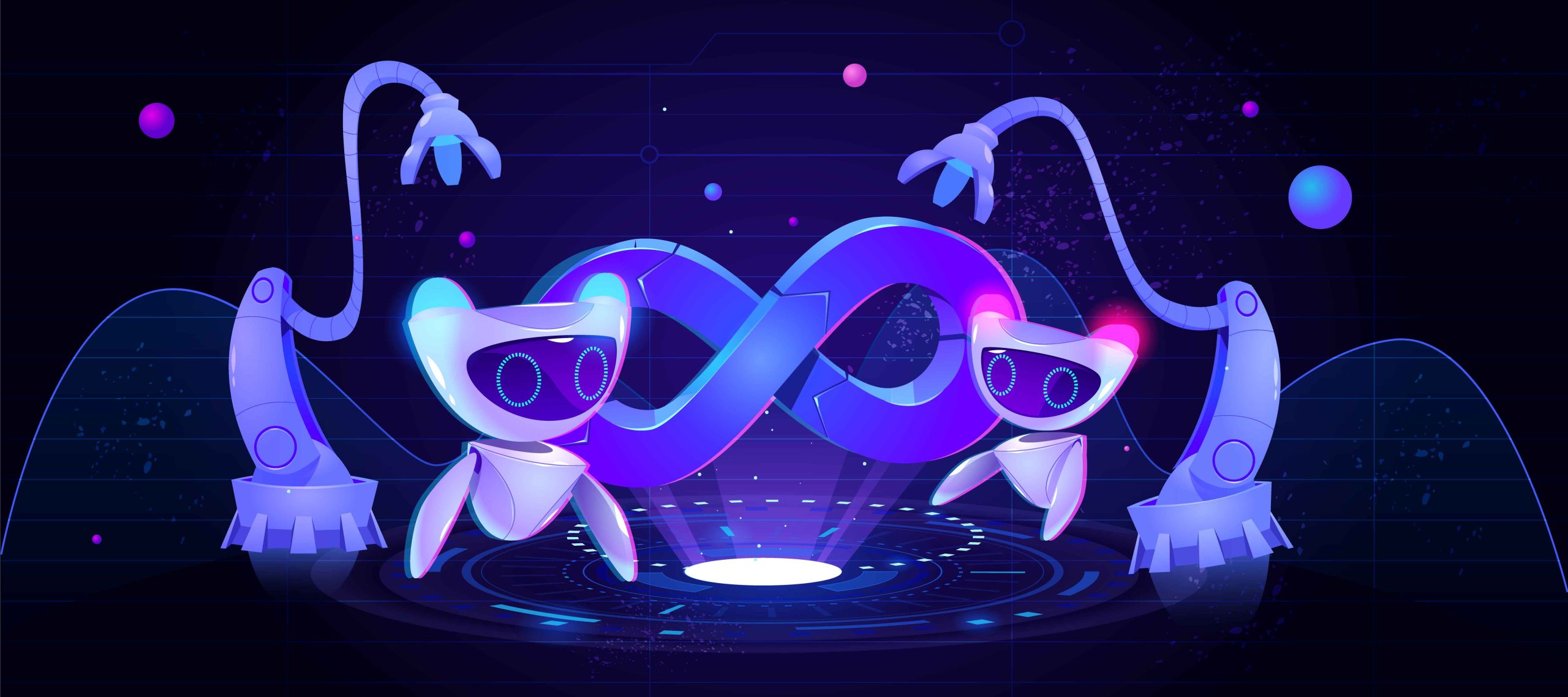
Mastering DevOps and CI/CD: An Essential Guide for Beginners
Are you a beginner in the world of software development, seeking to boost your skills and knowledge? If yes, we introduce you to the revolutionary practices of DevOps and Continuous Integration/Continuous Delivery (CI/CD) that are shaping the industry’s future.
What is DevOps?
Born from the fusion of ‘Development’ and ‘Operations,’ DevOps represents a cultural shift in the software development process. It promotes a collaborative environment where software developers and IT professionals unite throughout the software lifecycle. This unity ensures swift, high-quality software delivery with continual improvements and updates.
Understanding CI/CD
So, what are Continuous Integration and Continuous Delivery (CI/CD)? They are critical practices in DevOps, allowing seamless and regular software updates without causing disruptions in the service.
Continuous Integration (CI)
CI is a development practice in which developers integrate their code changes into a shared repository frequently, often multiple times a day. An automated build and testing process then verifies each integration, allowing teams to detect and resolve issues promptly.
Continuous Delivery (CD)
Following CI, we have CD – a methodology that ensures any code changes are automatically built, tested, and readied for a release to the production environment. CD ensures that the system is always in a releasable state, granting developers the power to deploy their application at any time.
The Power of DevOps and CI/CD
Why are DevOps and CI/CD taking the industry by storm? Here are some compelling reasons:
-
Faster Release Rate: CI/CD pipelines enable faster and more frequent software delivery, keeping businesses competitive.
-
Improved Quality and Reliability: Automated testing and continuous feedback result in quicker bug detection and resolution, improving product quality.
-
Enhanced Collaboration: A DevOps culture fosters shared responsibility, ensuring smoother collaboration between teams.
-
Risk Mitigation: Frequent, smaller updates mean lesser associated risks. Even if something goes wrong, teams can rectify it quickly.
Embracing the DevOps CI/CD Workflow
A typical DevOps CI/CD workflow involves these steps:
-
Code: Developers write and commit code for a new feature or issue resolution. The code is stored in a version control system like Git.
-
Build: The source code and libraries transform into a runnable software package during the build process.
-
Test: Automated tests run against the build, ensuring the software behaves as expected. Any failed tests lead to immediate fixes and retesting.
-
Deploy: If the tests pass, the software deploys to a staging environment.
-
Review: Further tests run, and manual reviews occur in the staging environment.
-
Release: Post successful reviews and tests, the software is pushed to the production environment, ready for end-users.
-
Monitor and Iterate: The application in production is monitored, and feedback is used for the next development cycle.
Embarking on Your DevOps Journey
Understanding the basics of DevOps and CI/CD is just the beginning. As you dive deeper, you’ll explore specific tools used for CI/CD pipelines like Jenkins, GitLab CI, Travis CI, and CircleCI. You’ll also learn about containerization (Docker) and orchestration systems (Kubernetes) for a more holistic understanding of modern DevOps practices.
Remember, DevOps is not just about tools and practices. It represents a cultural shift towards collaboration, continuous improvement, and shared responsibility.





